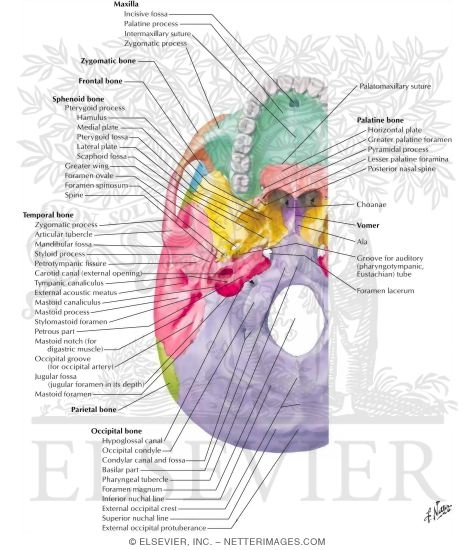When I was applying to medical school, a wise, wise lady (yes, Connie) said to me, "When you're a medical student, you won't be dating anyone. You'll be dating medicine." Until now, this could not have been further from the truth. I credit medical school for introducing me to the best boyfriend a girl could ask for: Frank H. Netter, MD.
I had heard great things about Netter for years leading up to this point in my life, but I never imagined what a deep relationship we would create. The day that I ordered Netter's Atlas of Anatomy (International edition; I like the international boys) marked the beginning of our relationship. I flipped through his plates, completely overwhelmed that seven months from that day I would have scrutinized and dedicated to memory each and every one.
Every Tuesday, for the past seven months, we've spent two hours going over Netter plates (with a couple of Moore images thrown in. But let's be honest, those are probably just to make Netter's look even better in comparison). We would then go up to lab, where we'd spend two hours dissecting and making alternate declarations of, "OOH it looks just like Netter!" or "This looks so much better in Netter." Netter's plates become the highest standard of anatomical beauty, with professors urging us to make things look "Netter perfect." (For an example of this, please see cadaver 7's anterior digastric.)
In the back of my mind, I've know that my relationship with Netter had an expiration date. Last Tuesday marked our last anatomy lecture. We had two lectures on ear, nose, throat, pharynx, and at exactly 9:50, we were done. Then, over this last week, we've gone into anatomy-practical mode, spending spare hours up in the lab, going over the bodies (which no longer look Netter perfect after 7 months of being explored), trying to commit all of the tiny vessels, nerves, muscles, and crevasses of the head to memory.
And then, this morning at exactly 10:57, it was all over. Seven months, four practicals, and countless lectures, labs, dissections, lab nights and quizzes later, we have completed gross anatomy. We have, at one point or another, been able to point to any structure on our 8 cadavers and been able to give you its name (in latin). As first year students, we spend most of our days fully aware of how little we know and how much training lies ahead of us. But today, we can celebrate our knowledge of anatomy.
Netter, I'd like to thank you for the past seven months. I know we've had our differences, and I've had a couple of choice words with you during late nights with your cross sections. But in the end, you were always there for me to go to when lecture was confusing or when I couldn't face looking at the brachial plexus in lab. For seven months, I had the privilege of saying that you were the only man in my bed, and it is with a heavy heart that I banish you to my bookshelf for the forseeable future.
So it turns out that Connie was right, as per usual. I'll go back to single lady life for the rest of my forseeable medical career, but I'm pretty sure Netter will be moving on to the next first year medical girl pretty quickly.
Player.
(Here are some celebratory images from the week!)
 |
| We had to work up to studying the material that looked back at us. |
 |
| Saturday night date in the lab gets romantic when you realize the brain halves resemble friendship necklaces. Kind of. Sort of. |
 |
| 12:00pm: GROUP TWO FINISHES THE PRACTICAL! The Stephanie's and Jackie set the bar high for this album. |
 |
| Gingers Do Anatomy. |
 |
| Please note that during this entire time I was shouting "HAPPY HAPPY HAPPY LOOK HAPPY GIVE ME HAPPY WHO'S HAPPY HOW HAPPY ARE WE HAPPY HAPPY PEOPLE SMILE SMILE HAPPY." This is how Tommy interpreted that. |
 |
| Please note that our interaction 3 hours prior had ended with, "Caudate? Caudate. Caudate? Putamen. Where's the caudate? That's the thalamus. Caudate? WHERE'S THE CAUDATE? I'm not putting Globus Pallidus. I'm just not doing it. CAUDATE CAUDATE. Putamen?" |
 |
| . |
 |
| . |
 |
| Eric attended all of the dissections--even when not scheduled to. That, ladies and gentlemen, is the sign of a devoted M1. |
EDITED TO ADD: This post is dedicated to John, without whose iPod cord I would not have been able to create this post in the middle of the day. Also without whom I would not be able to live.






















